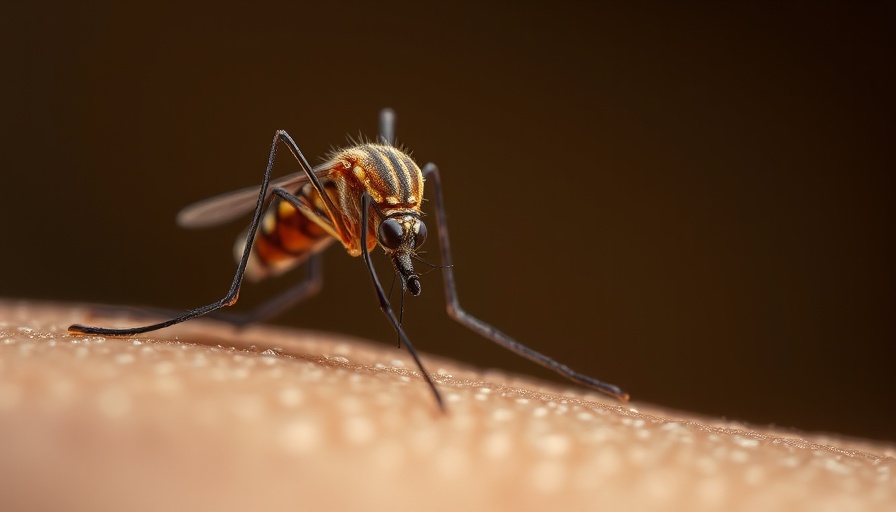
The Growing Threat of Dengue: What You Need to Know
The dengue virus, once mainly affecting tropical regions, has significantly expanded its reach with the current outbreak of 2024. Over 13 million cases have been reported across North, Central, and South America, as well as the Caribbean, raising alarms among health officials and travelers. Understanding this disease and its implications is vital for everyone, especially as cases now emerge within the mainland United States.
What Is Dengue and How Is It Spread?
Dengue fever is caused by four closely related viruses, transmitted through the bites of infected Aedes mosquitoes. These mosquitoes are typically found in tropical and subtropical climates, but with increasing temperatures due to climate change, their range is expanding into new territories, including parts of the U.S. In 2024, outbreaks have kicked off in Puerto Rico and the U.S. Virgin Islands, with local transmission reported in states like California, Florida, and Texas.
Health Implications and Recent Statistics
The rise in dengue cases within the continental U.S. poses a significant public health concern. According to the CDC, locally acquired cases have been identified, highlighting the role of infected mosquitoes in disease transmission. With the strains of dengue virus now reported in various U.S. territories, awareness regarding travel to these areas becomes increasingly important.
Preventative Measures: Protect Yourself Against Dengue
Effective prevention is key in combating the spread of dengue. The CDC provides advice on how to avoid mosquito bites, which includes using insect repellent, wearing protective clothing, and ensuring that your living environment is mosquito-proof. Additionally, travelers are urged to research health advisories about dengue risk prior to visits.
The Global Context and Future Predictions
This current outbreak is not an isolated incident. The global nature of dengue transmission reflects how interconnected our world has become. Countries in Africa and Southeast Asia have experienced severe outbreaks in recent years, and climate trends suggest that infections will continue to rise if global temperatures continue to increase, allowing mosquitoes to survive in previously inhospitable climates.
The Emotional Impact: Understanding Public Sentiment
With outbreaks developing across various geographic locations, there is a palpable sense of anxiety among travelers. Public health messaging plays a critical role in reassuring individuals while also providing actionable steps they can take to protect their health. Understanding the human aspect — the fear of contracting diseases while traveling — can drive home the importance of preventive actions and vigilance.
Conclusion: The Path Forward
As dengue fever continues to rise as a risk in many regions, staying informed and prepared is crucial. While personal vigilance is important, advocacy for broader public health measures is equally vital in managing this threat. By taking preventive steps and understanding the risks involved, individuals can significantly reduce their chances of contracting dengue fever.
If you have upcoming travel plans, stay updated on health advisories and take necessary precautions. Your proactive approach can help mitigate the risk of dengue and contribute to a healthier future.
 Add Row
Add Row  Add
Add 




 Add Row
Add Row  Add
Add 

Write A Comment